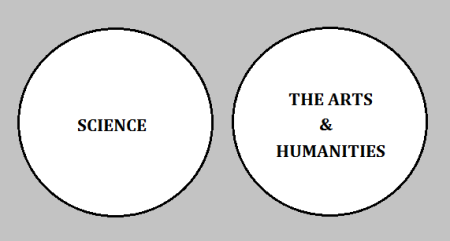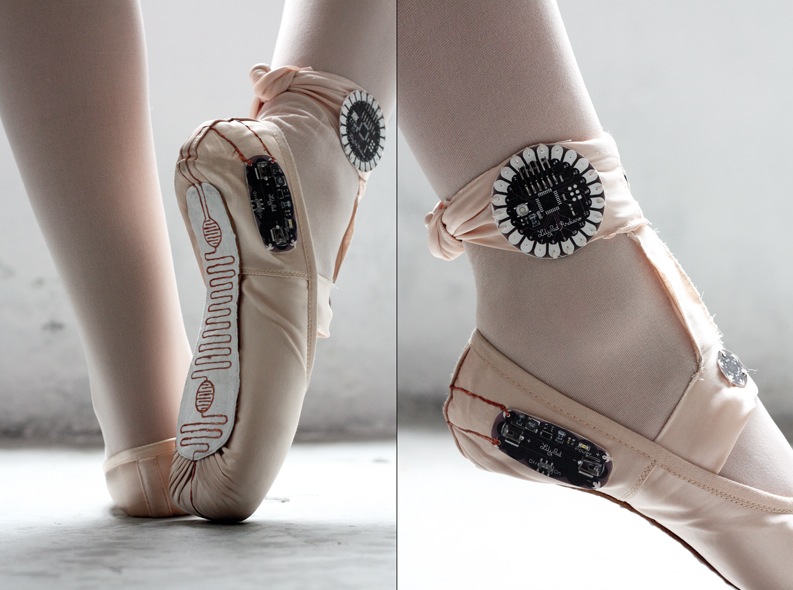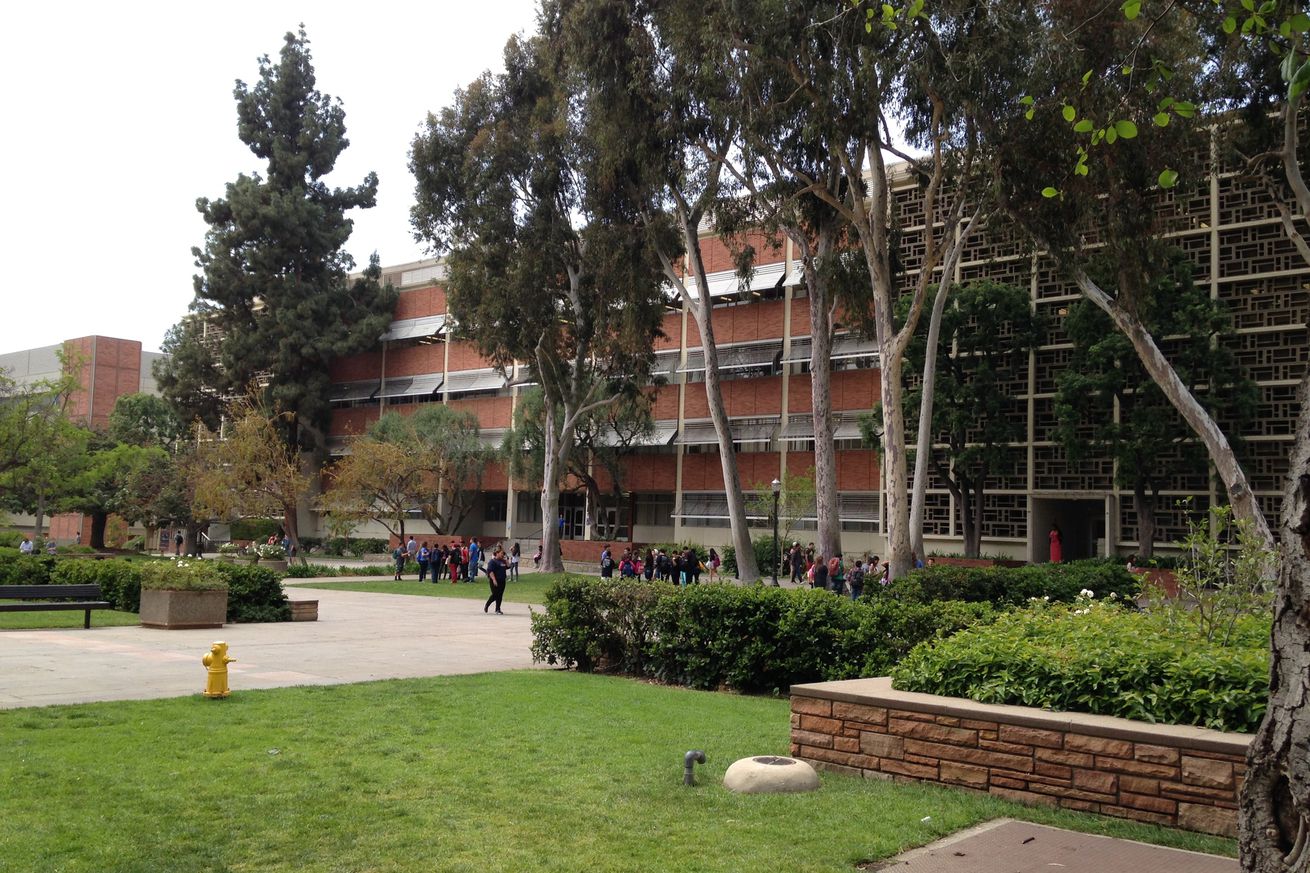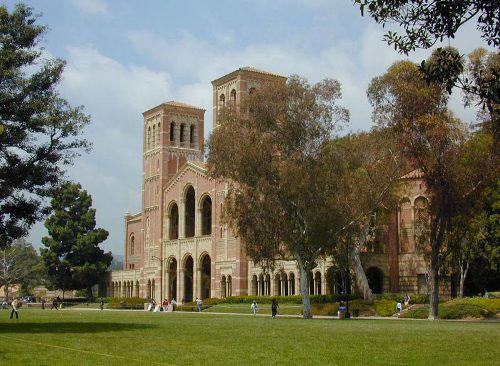According
to C.P. Snow in his lecture The Two
Cultures and the Scientific Revolution, there exists two different groups:
the literary intellectuals and the scientists. As C.P. Snow puts it, the reason
for this divide is caused by “mutual incomprehension – sometimes (particularly
among the young) hostility and dislike, but most of all lack of understanding”.

An illustration
showing the two cultures mentioned by Snow.
(https://storyality.wordpress.com/2012/12/11/storyality-14b-creativity-the-missing-link-between-the-two-cultures/)
As an
electrical engineering major, I do notice the gap between those who partake in
the arts rather than those who study the sciences. For instance, the UCLA
campus is structured in a way that places the arts and humanities in the North
and the sciences and engineering in the South. Other than my GEs, communication
with the other “culture” is sparse. This divide is further fueled by the fact
that there is a drastic contrast in architectural design between the two parts
of campus.
South campus is shown
on the left, while north campus is on the right.
(http://www.bruinsnation.com/2014/4/20/5631762/ucla-campus-report-size-isnt-everything-when-it-comes-to-biosensors,
http://english.cntv.cn/20110704/104639_1.shtml)
However,
I see the two cultures as being something that is perpetuated by the ways of
old. There have been many new ideas and innovations since Snow’s lecture in
1959 and UCLA’s opening of its Westwood campus in 1929. Nowadays, the two
intellectual groups are merging into the “third culture” as Snow had predicted
in his book The Two Cultures: A Second
Look. One example in my major is a microcontroller called Lilypad. This microcontroller not only
resembles a flower, but it also uses conductive thread instead of wires,
allowing the creation of new wearable and artistic products. This is just one
of many examples showing how engineering and design are already intertwined.


The Lilypad fuses
together engineering with design.
(http://clemenswinkler.com/skin/?tag=arduino-lillypad,
https://blog.arduino.cc/2014/11/05/e-traces-creates-visual-sensations-from-ballerinas/#more-10470)
Personally, I am interested in
electrical engineering involved with biotechnology such as electronic
prosthetics. These prosthetic body parts are another great example illustrating
the emergence of a third culture. Even though the technical components to these
products are important, the design and look are also necessary for the
consumer’s self-confidence and overall interest.
Japanese engineers
from exiii try to create cool and affordable prosthetic arms. (http://asia.nikkei.com/Tech-Science/Tech/Japanese-start-up-revolutionizing-electronic-prosthetic-arms)
Like
Vesna, I do not entirely agree with Brockman’s claim that scientists “are
taking the place of the traditional intellectual”. Instead, with greater
technological advancements, the roles of the two cultures are being redefined.
The scientist may come up with the initial innovation, but the artists are the
ones making the product marketable for the consumers. Thus, the relationship
between science and arts is becoming more symbiotic than ever before. Although
the divide still persists at places such as UCLA, I believe that upcoming
generations will continue to bridge this gap of misunderstanding.
Sources:
Achilles.
South Campus. SB Nation. Vox Media, 20 Apr. 2014. Photograph. 23 June 2016. <http://www.bruinsnation.com/2014/4/20/5631762/ucla-campus-report-size-isnt-everything-when-it-comes-to-biosensors>.
Arduino.
By Zoe Romano. Arduino, 5 Nov. 2014. Photograph. 23 June 2016.
<https://blog.arduino.cc/2014/11/05/e-traces-creates-visual-sensations-from-ballerinas/#more- 10470>Brockman, John. "The Third Culture." Edge. Edge Foundation, 1991. Web. 23 June 2016. <https://www.edge.org/conversation/the-emerging>.
CCTV.
CCTV, 4 July 2011. Photograph. 23 June 2016 <http://english.cntv.cn/20110704/104639_1.shtml>
Clemens Winkler. By Clemens Winkler. 28 Feb. 2008. Photograph. 23 June 2016.
<http://clemenswinkler.com/skin/?tag=arduino-lillypad>
Graham-Rowe,
Duncan. "John Brockman: Matchmaking with Art and Science." Wired. 3
Feb. 2011. Web. 23 June 2016. <
http://www.wired.co.uk/article/matchmaking-with-science-and-art>.
"History." UCLA. Web. 23 June 2016. <http://www.ucla.edu/about/history>
Nikkei Asian Review. By Masahiro Kamijo. Nikkei Inc., 13 Oct. 2015. Photograph. 23 June 2016. <http://asia.nikkei.com/Tech-Science/Tech/Japanese-start-up-revolutionizing-electronic- prosthetic-arms>
Snow, Charles P. The Two Cultures and the Scientific Revolution. New York: Cambridge UP, 1959. Print.
StoryAlity.
By JT Velikovsky. 11 Dec. 2012. Photograph. 23 June 2016. <https://storyality.wordpress.com/2012/12/11/storyality-14b-creativity-the-missing-link-between-the-two-cultures/>
Vesna, Victoria.
"Two Cultures: Part 1." YouTube. uconlineprogram. Web.
23 June 2016. <https://www.youtube.com/watch?v=VNI7dF3DIAM>.
Vesna, Victoria. "Two Cultures: Part 3." YouTube. uconlineprogram. Web. 23 June 2016. <https://www.youtube.com/watch?v=4FOEuxrwxd0>.
Vesna, Victoria.
“Toward a Third Culture: Being in Between.” Leonardo
34.2 (2001): 121-25. Web. 23 June 2016.


